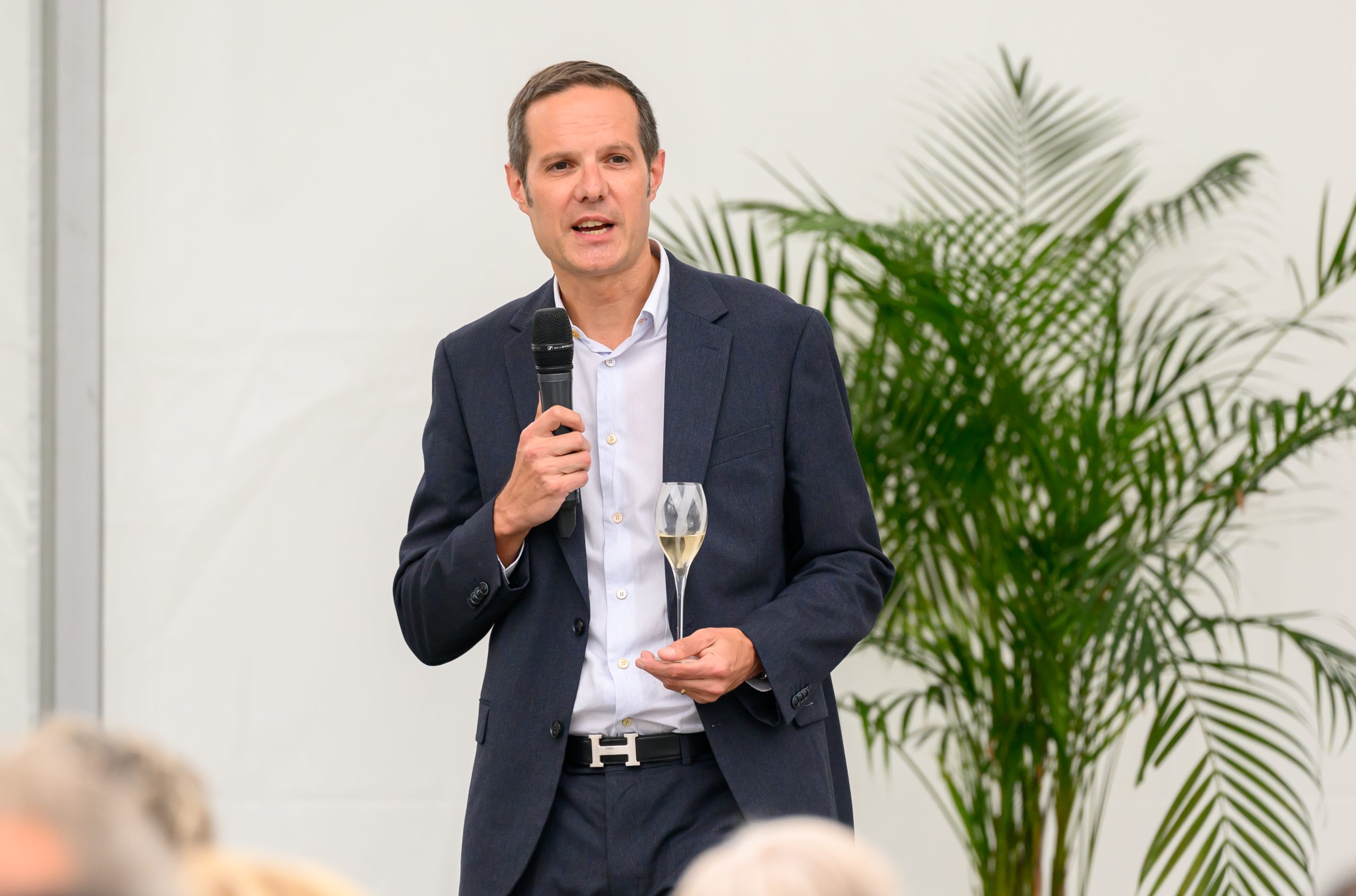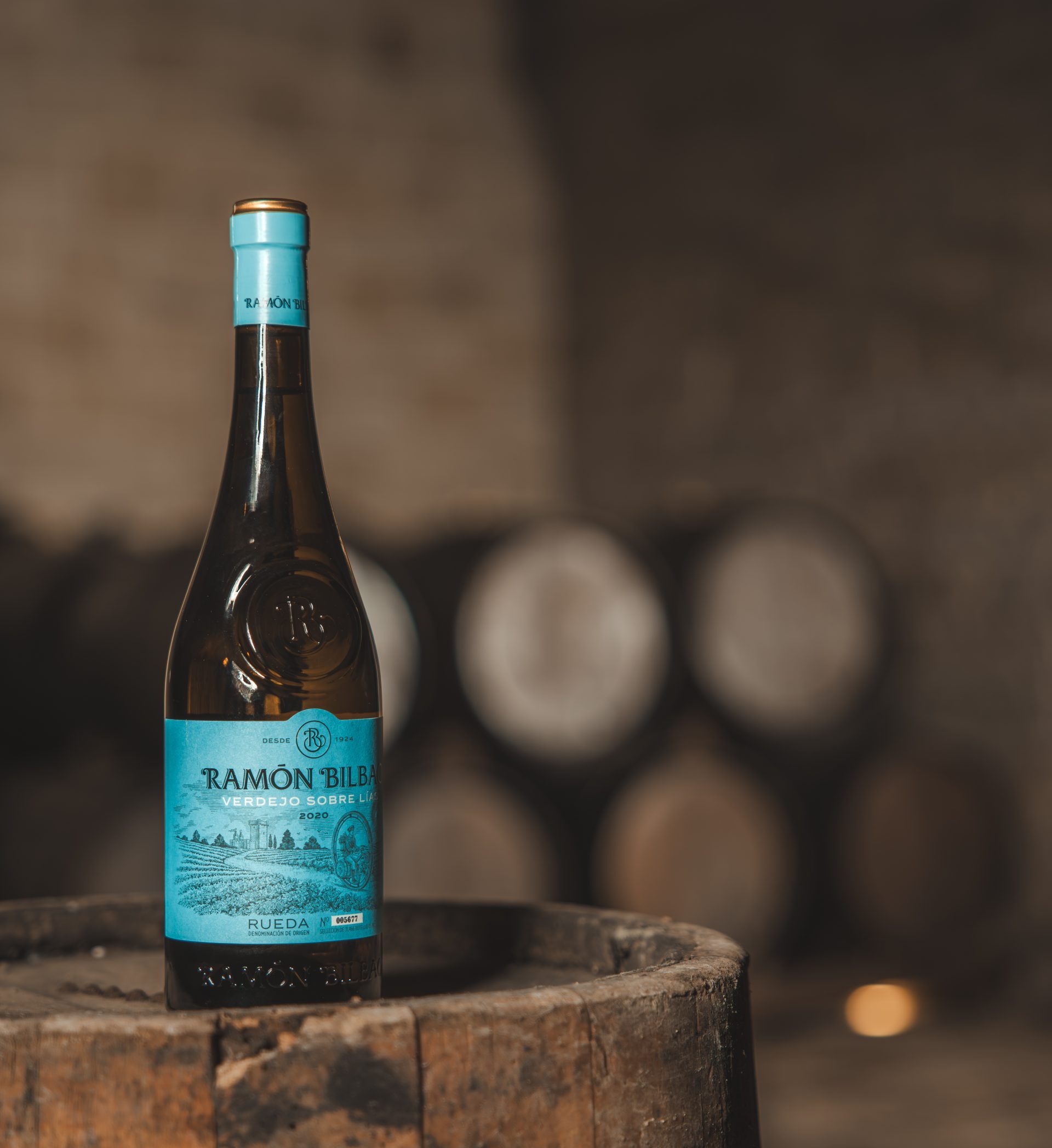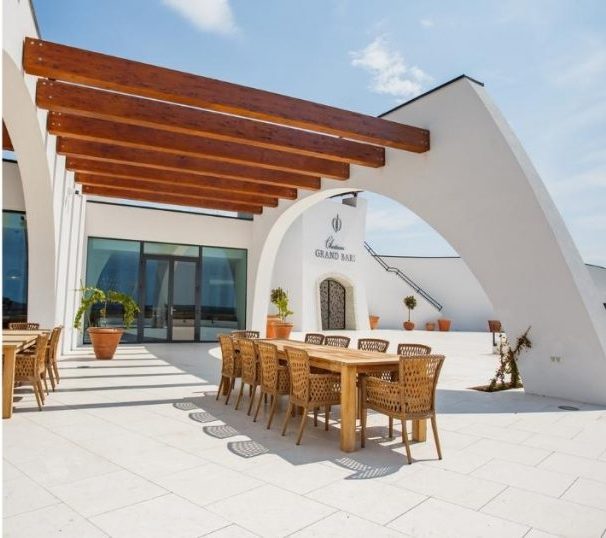Port shows off fresh ideas
As Port producers united in their praise of the 2011 vintage, several have used this opportunity to highlight a variety of initiatives for invigorating the top end of their category.
From the strengthening single vineyard focus demonstrated by Symington Family Estates and Niepoort Wines to the addition of extra grape varieties at Ramos Pinto, the Douro’s producers were keen to demonstrate their ever-firmer grasp of this particularly complex region.
“I find houses are taking vintage Port a lot more seriously than maybe 10 years ago,” remarked Dirk Niepoort, who heads his family’s Niepoort Wines, during a seminar at yesterday’s Big Fortified Tasting in London.
“There’s a feeling that everybody is quite excited about what they have done and they’re only bottling the top, top quality so probably less will be available, but from what I have tasted the quality will be very high.”
Having bought the Pisca vineyard in 2003, Niepoort decided to keep its grapes separate from the rest of his house’s Port production, first releasing it as a single vineyard Port in 2008 under the name Bioma “Vinha Velha” (old vine).
Showing off the 2011 Bioma, its third vintage, Niepoort explained: “I thought it would be interesting to make it separately. Our history is in blending, but to be good at blending you have to understand the terroir of different vineyards. Some vineyards have a very special terroir so I think it’s nice to show that difference.”
In addition to this individualistic approach at vineyard level, Niepoort explained that he matures the Bioma in smaller pipes “so it’s more oxidative” and bottles it later than most producers.
While vintage Port is legally required to be bottled by July of the third year after harvest, Niepoort remarked: “most houses today will be bottling in a few months.” By contrast, he plans to wait and bottle Bioma 2011 “probably in January next year.”
“It’s amazing what the wines gain by keeping them a little longer in barrel,” he remarked.
Niepoort also defended his more oxidative approach to Bioma’s vinification, saying: “People say with oxidation it will be ready earlier but I think this wine will age even better than the Niepoort.”
Partner Content
Despite his heightened focus at an individual vineyard level, Niepoort did not extend this interest to grape varieties. “I could tell you the varieties in our wines, but I don’t really care,” he admitted.
In stark contrast to this outlook, João Nicolau de Almeida, general manager of Roederer Group-owned Ramos Pinto, heralded the 2011 vintage as “a new step in the evolution of our Ports,” thanks to the introduction of two further grape varieties to its blend.
As a result of pioneering research by de Almeida and his uncle into understanding the Douro’s 82 permitted grape varieties, Ramos Pinto refined its focus to five grape varieties and, unusually for the region at this time, first harvested these separately for its 1983 vintage.
Depicting the 2011 vintage as the next main development since that moment, de Almeida explained that ongoing research had convinced him to add a further two varieties to the blend: Sousão and Tinta da Barca.
With Tinta da Barca adding a “spicy” character and Sousão bringing “colour and a rustic character that on a small scale can give vivacity to the wine,” de Almeida compared these additions to “finding another key for your piano.”
While admitting the effect was not immediately obvious in the young wine, he told the drinks business: “Because there are more varieties, there will be more complexity. It’s not all showing yet, but will hopefully appear with age.”
Having played a leading role in narrowing the Douro’s varietal focus over 30 years ago, de Almeida acknowledged this current shift in the other direction. “It’s like going back to the old times but knowing what we are doing, not just leaving it to chance,“ he concluded.





It’s nice to see some producers taking an innovative approach to port, which is usually treated as a very strict and unique way to make wine.
In my opinion this is the way for port to get back to it’s glory days.
Cheers.